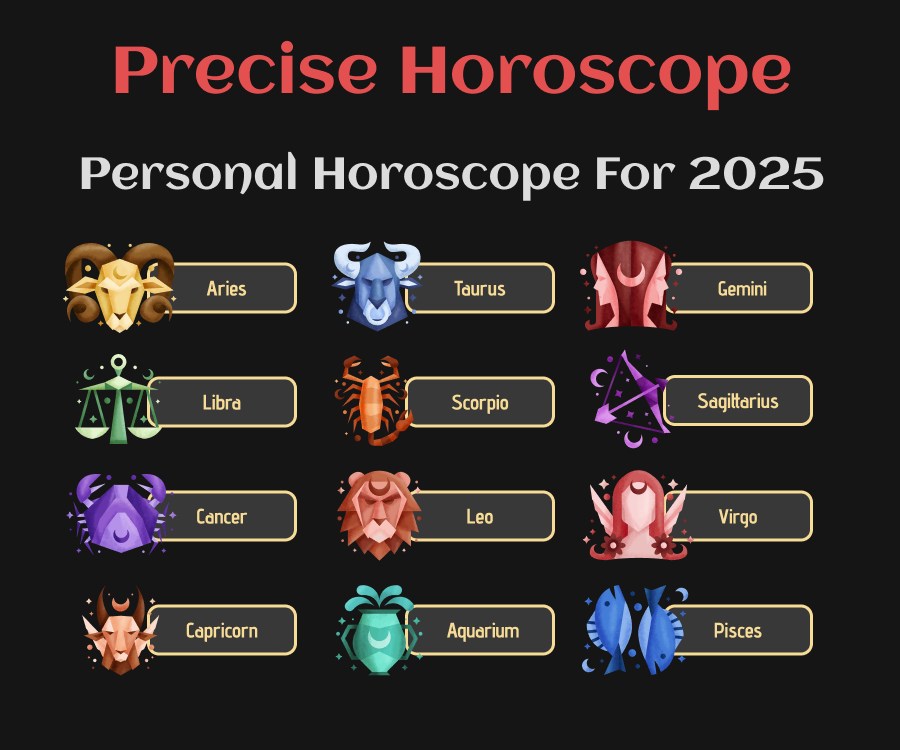General Meaning of Dreams About “Acrobat”
Dreams featuring the symbol of an “Acrobat” can be both fascinating and complex, often reflecting various aspects of the dreamer’s life and psyche. The acrobat, a figure of agility and balance, frequently appears in dreams, serving as a reminder of the need for flexibility and control over one’s circumstances. These dreams may emerge when individuals are navigating challenges, requiring them to maintain equilibrium amidst life’s uncertainties. The emotions accompanying such dreams can range from exhilaration and joy to anxiety and fear, depending on the dreamer’s personal experiences and current life situation.
From a general perspective, dreams about acrobats may symbolize the dreamer’s capacity to adapt, innovate, and face challenges with grace. They can also indicate feelings of being stretched thin or pressured, as acrobats must often perform under scrutiny. The presence of an acrobat in a dream may signify a desire for freedom, creativity, or the ability to rise above difficulties, highlighting the dreamer’s inherent strengths and potential for growth.
The Symbol “Acrobat” in Dreams
In examining the symbolism of the “Acrobat” in dreams, it becomes clear that this character embodies several underlying themes related to balance, risk, and performance. On a subconscious level, the acrobat may represent the dreamer’s pursuit of harmony in their life, suggesting the need to juggle multiple responsibilities or roles. This symbol resonates strongly with those who feel caught between conflicting desires or obligations.
The acrobat can also signify the importance of taking risks to achieve personal growth. Such dreams invite reflection on the dreamer’s willingness to step out of their comfort zone and embrace new experiences. Additionally, acrobats are often associated with creativity and playfulness, indicating that the dreamer may be seeking more joy and spontaneity in their daily life.
Various Contexts of Dreams About “Acrobat”
- Positive Interpretations: Dreams featuring the acrobat in a positive light may symbolize triumph over challenges, showcasing the dreamer’s ability to navigate life’s obstacles with skill and finesse. For example, if a dreamer witnesses an acrobat successfully performing a difficult routine, it could represent their own aspirations for success and mastery in a particular area of life. Such dreams often inspire feelings of hope and motivation, encouraging the dreamer to pursue their goals with determination.
- Negative Interpretations: Conversely, dreaming of an acrobat struggling to maintain balance or falling can indicate feelings of inadequacy, fear of failure, or anxiety about performance pressures in waking life. These dreams may arise during times of stress, reflecting the dreamer’s worries about meeting expectations or managing responsibilities. The distressing imagery of a faltering acrobat can serve as a warning to reassess one’s situation and seek support.
- Neutral Interpretations: In some cases, dreams about acrobats may not evoke strong emotions, serving instead as reflections of the dreamer’s everyday thoughts or experiences. For instance, a dreamer might simply observe an acrobat performing without any emotional response, which could signify a desire for more excitement or stimulation in their life. Such neutral dreams remind the dreamer to consider how their daily routine may be lacking in creativity or joy.
The Importance of Details Related to “Acrobat”
When interpreting dreams about an acrobat, the importance of contextual details cannot be overstated. Elements such as the location of the acrobat’s performance, the atmosphere of the dream, and interactions with other characters can significantly alter the meaning. For instance, if the acrobat performs in a circus setting filled with energy and excitement, it may symbolize the dreamer’s desire to embrace life’s spontaneity. Alternatively, if the performance occurs in a quiet or isolated space, it could indicate feelings of loneliness or the need for introspection.
Additionally, the actions taken by or towards the acrobat can provide further insights. Supporting the acrobat or cheering them on may suggest that the dreamer feels empowered and inspired, whereas witnessing a fall can evoke feelings of worry or apprehension. Paying close attention to these details can enhance the understanding of the dream’s message and its relevance to the dreamer’s waking life.
Interpretation of Dreams About “Acrobat” in Different Cultures
The interpretation of dreams featuring an acrobat varies greatly across cultures, reflecting underlying beliefs and values unique to each society. Understanding these cultural contexts enriches the interpretation, revealing how widespread symbols can take on distinct meanings. In examining at least three diverse cultures, we can uncover how the acrobat serves as a powerful symbol within various belief systems.
Interpretations in Eastern Cultures
In Eastern cultures, such as those in China and India, the acrobat is often viewed as a symbol of balance and harmony. In Chinese philosophy, the acrobat’s ability to maintain poise amidst chaos parallels the Taoist principle of finding balance in life. Dreams of acrobats in this context may encourage individuals to embrace their inner harmony and navigate the dualities of existence.
In India, acrobats are sometimes associated with the idea of spiritual ascension and overcoming obstacles. They are seen as individuals who have mastered their physical form, representing the journey towards enlightenment. Dreams featuring acrobats may thus reflect the dreamer’s pursuit of spiritual growth and the importance of perseverance in achieving their goals.
Interpretations in Western Cultures
In Western cultures, the symbolism of the acrobat can be closely linked to themes of performance and societal expectations. The acrobat is often seen as a figure who must impress an audience, reflecting the pressures individuals may feel to meet external standards. Dreams that feature acrobats may highlight personal struggles with self-esteem, anxiety, or the need for validation from others.
Moreover, literature and art in Western cultures have often portrayed acrobats as symbols of freedom and individuality. Such dreams may encourage dreamers to break free from societal constraints and embrace their true selves, suggesting that personal fulfillment lies in self-expression rather than conformity.
The Influence of Local Traditions
Local traditions and community beliefs can further shape the interpretation of dreams about acrobats. For example, in certain indigenous cultures, acrobats may symbolize the importance of community and cooperation. Dreams involving acrobatic performances in these communities may reflect the dreamer’s connection to their cultural heritage and collective values. The acrobat could represent the need for harmony within relationships and the strength that comes from working together for a common purpose.
In this way, understanding local traditions provides a nuanced lens through which to interpret dreams about acrobats, emphasizing how unique cultural narratives influence personal symbolism and meaning.
Interpretation of Dreams About “Acrobat” in Psychology
From a psychological perspective, dreams about acrobats can reveal significant insights into the dreamer’s inner conflicts, desires, and fears. Modern psychology emphasizes the role of symbols in dreams, suggesting that the acrobat may represent various aspects of the self, including the dreamer’s ambitions, creativity, and coping mechanisms. These dreams can serve as a reflective canvas, showcasing how the dreamer interacts with their reality and internal landscape.
The Perspective of Sigmund Freud
According to Sigmund Freud, dreams about an acrobat could symbolize unconscious desires and conflicts related to performance and identity. The acrobat’s ability to navigate high-stakes situations may mirror the dreamer’s own struggles with self-worth and societal expectations. Freud might interpret such dreams as a manifestation of repressed feelings, urging the dreamer to confront their hidden desires and fears. By analyzing these dreams, individuals could uncover deeper aspects of their psyche, gaining clarity and insight into unresolved issues.
The Perspective of Carl Gustav Jung
Carl Gustav Jung’s perspective on dreams introduces the concept of archetypes and the collective unconscious. In Jungian analysis, the acrobat may serve as an archetypal symbol representing the journey of individuation—the process of becoming one’s true self. Dreams featuring the acrobat could reflect the dreamer’s quest for self-discovery, growth, and balance between their conscious and unconscious mind. Jung believed that recognizing and integrating these archetypal symbols could lead to personal transformation, enabling individuals to embrace their unique path and potential.
Contemporary Psychological Approaches
Contemporary psychological approaches to dream interpretation emphasize the therapeutic value of exploring dream symbols, including the acrobat. Various techniques, such as free association and guided imagery, allow dreamers to delve into the meanings behind their dreams, fostering personal insight and emotional healing. By interpreting dreams about acrobats within a therapeutic context, individuals can address challenges related to self-esteem, creativity, and adaptability, ultimately promoting mental well-being and resilience.
Practical Tips for Dreamers About “Acrobat”
- Emotion Analysis: Encourage readers to pay attention to the emotions accompanying dreams about acrobats, as they may provide valuable clues for interpretation. Reflecting on feelings experienced during the dream can help identify underlying issues in waking life.
- Keeping a Dream Journal: Suggest maintaining a dream journal where details about dreams involving acrobats are recorded. Documenting dreams can help identify patterns and facilitate deeper analysis, offering insights into the dreamer’s thoughts and experiences.
- Consulting a Professional: Recommend seeking help from a therapist or dream specialist if dreams about acrobats are frequent or evoke strong emotions. Professional guidance can support individuals in navigating their dream experiences and uncovering their significance.
Frequently Asked Questions
Dreaming about an “Acrobat” often symbolizes balance, agility, and adaptability in one’s life. The acrobat’s ability to perform complex maneuvers can reflect the dreamer’s current situation, highlighting the need for flexibility and precision in navigating challenges. Emotions such as exhilaration or fear may also surface in these dreams, representing personal growth or underlying anxieties about taking risks. The context of the dream is crucial; for example, if you felt joy watching the acrobat perform, it could indicate a positive outlook on life’s challenges, while feelings of fear might suggest apprehension about a particular situation.
Dreams about “Acrobat” are not exceedingly common but do appear within specific contexts, particularly among individuals facing transitional phases in their lives. Such dreams can be linked to the universal theme of balancing responsibilities and aspirations. Culturally, acrobats are often seen as symbols of grace and proficiency, which may resonate with individuals striving for perfection or mastery in their endeavors. Therefore, while not universal, these dreams often carry significant meaning for those who experience them.
Dreams about “Acrobat” are generally not predictive in nature. Instead, they serve as reflections of the dreamer’s subconscious thoughts, emotions, and current challenges. Such dreams may highlight concerns or aspirations rather than predicting actual events. By analyzing the dream, individuals can gain insights into their inner fears or desires, which can be more beneficial than attempting to decipher a future event.
Interpreting a negative dream about “Acrobat” involves examining the emotions present in the dream, such as fear, anxiety, or helplessness. These feelings might stem from real-life situations where the dreamer feels out of control or overwhelmed. It’s essential to consider personal triggers and stressors that may contribute to these emotions. Exploring the areas of life where one feels instability can provide clarity and help address underlying problems.
If dreams about “Acrobat” create distress or occur with high frequency, consulting a professional can be beneficial. A trained therapist or dream analyst can help the individual explore the emotional significance of these dreams, providing insight into recurring themes and assisting in addressing any underlying issues. This support can be crucial for personal growth and emotional well-being.








